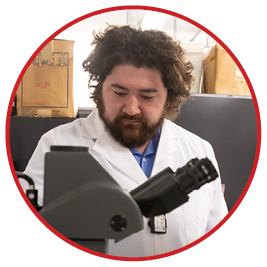The University of Utah’s Associated General Contractors (AGC) Chapter actively engages students in real-world construction challenges, preparing them for successful careers in the industry. This year, from February 4-7, 2025, our chapter showcased its talents at the ASC Student Competition and Construction Management Conference in Reno, Nevada.
The ASC Reno Competition is the largest of its kind on the West Coast, attracting over 40 universities and colleges vying for top honors in various construction disciplines. The University of Utah’s AGC Chapter participated in three competitive categories:
- Heavy Civil – Led by Evan Blas
- Commercial – Led by Javier Padilla
- Mixed Use – Led by Jason Dieu and Ethan Stempky
Each team faced a rigorous one-day challenge, requiring them to prepare and submit a comprehensive bid package. This included a detailed cost estimate, project schedule, construction plans, subcontractor management strategies, and other essential components critical to securing a successful project bid. The projects tackled by our teams were substantial, with total values ranging between $10 million and $100 million.
This event not only tested the technical and strategic acumen of our students, but also gave them an invaluable networking opportunity. At the career fair portion of the conference, ASC Reno hosted over 60 companies, providing our students with valuable networking opportunities, industry connections, and potential job prospects. This event not only tested the technical and strategic acumen of our students but also positioned them for future success in the construction industry.
Proudly sponsored by the Department of Civil and Environmental Engineering (CvEEN) our AGC Student Chapter reflects the University of Utah’s commitment to fostering the next generation of construction professionals.
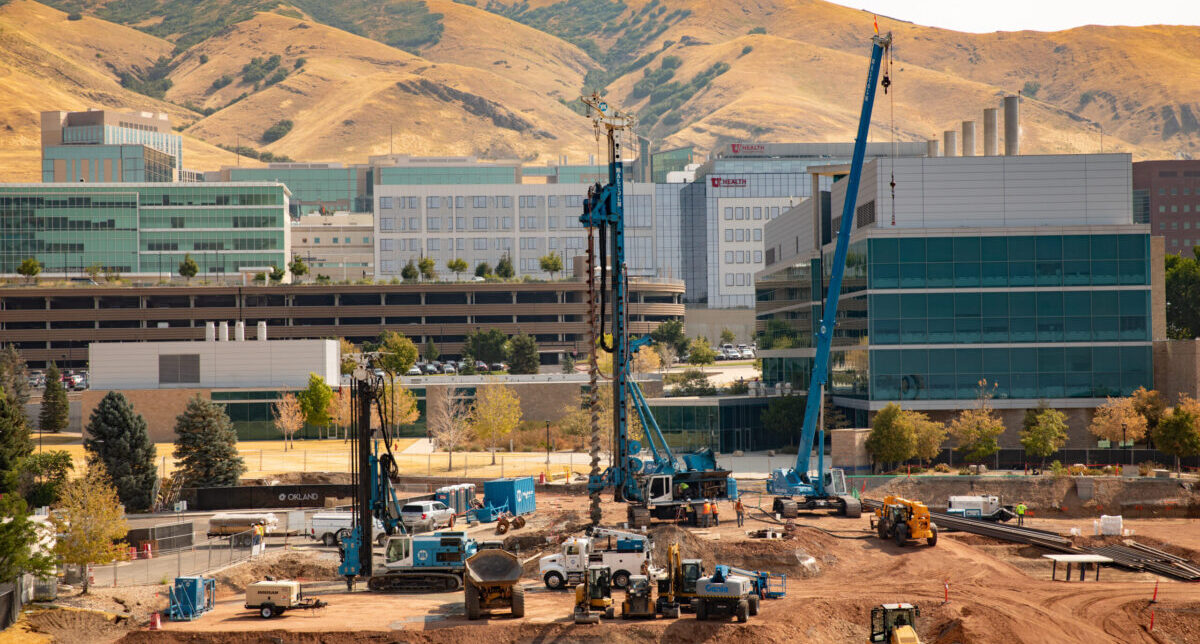
About AGC
The Associated General Contractors of America (AGC) is the leading voice of the construction industry, uniting qualified contractors and industry-related companies in a commitment to skill, integrity, and responsibility. Through its national reach and strong Chapter partnerships, AGC provides a wealth of services designed to meet the evolving needs of its members, ensuring high-quality construction practices while safeguarding the public interest. In Utah, the AGC of Utah is the state’s premier professional association for the commercial construction industry, representing over 630 member firms.
More news from our Department
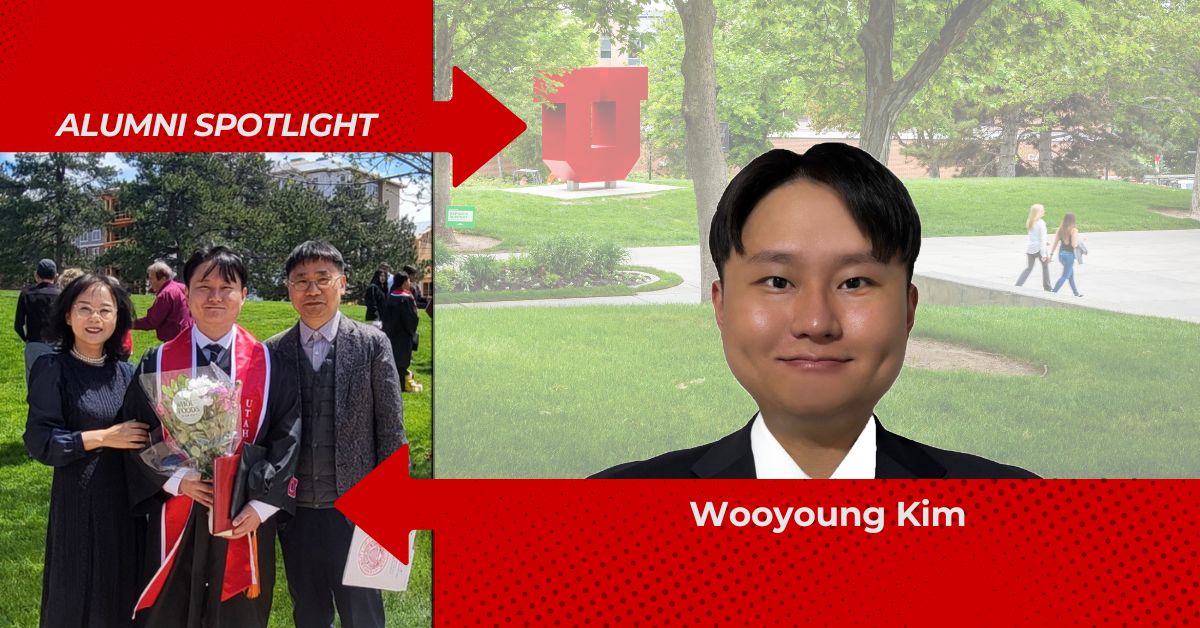
Alumni Spotlight:
Wooyoung Kim’s Journey in Transportation Engineering Meet Wooyoung Kim, a recent graduate from the Department of Civil and Environmental Engineering, who is now making an impact in the field of Transportation Engineering. With a blend of early exposure to civil engineering and hands-on academic experience, Kim is launching his transportation engineering career at Horrocks Engineers, […]
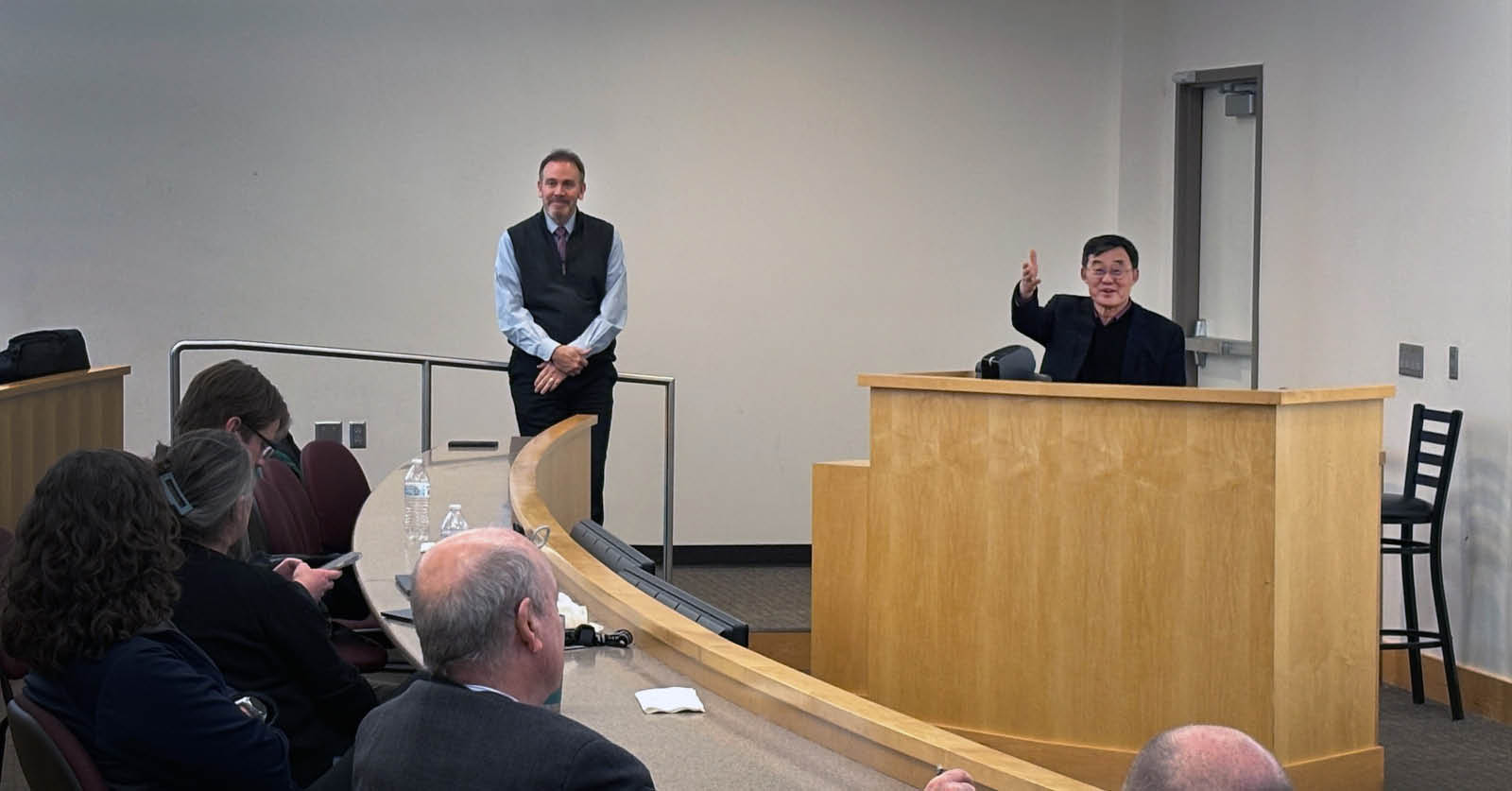
Department of Civil and Environmental Engineering Hosts Dr. Tianfu Xu at Inaugural Distinguished Seminar Series
Pictured above: Drs. Brian McPherson (left) and Tiafu Xu (right) answer questions in Layton Auditorium after Xu’s Seminar. On February 6, the Department of Civil and Environmental Engineering at the University of Utah launched its inaugural Distinguished Seminar Series, inviting leading experts to share cutting-edge research and advancements in the field. Dr. Brian McPherson, USTAR […]
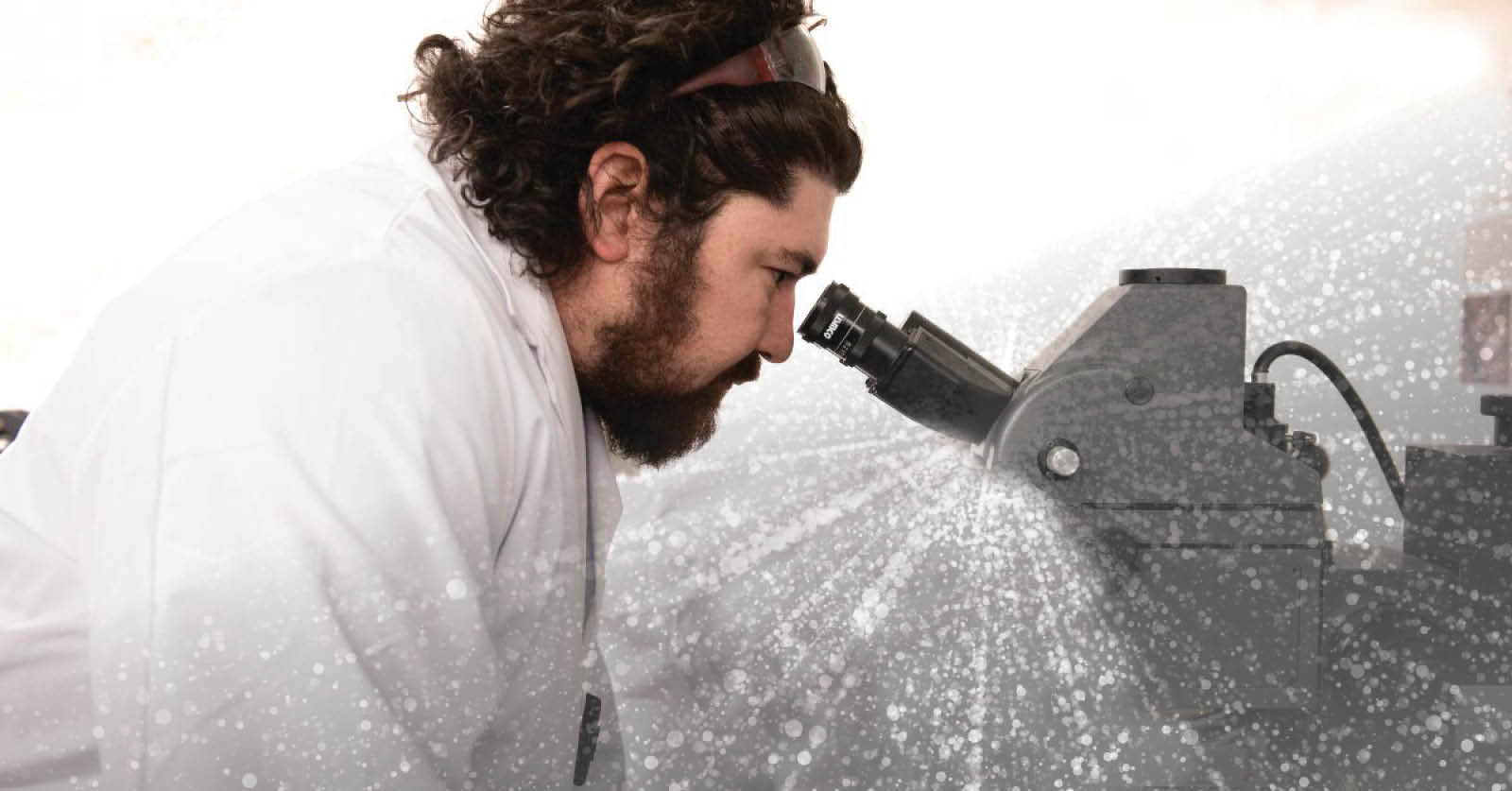
Nuclear Detective: U of U Professor’s Research is Enhancing National Security
Quantum Science and AI Meet Nuclear Forensics Detecting and analyzing nuclear materials is a critical challenge in global security, yet current methods often struggle with accuracy, efficiency, and scalability. One of the biggest gaps in nuclear forensics is the lack of advanced materials capable of reliably sensing radiation and providing clear, identifiable signals. Dr. Ed […]
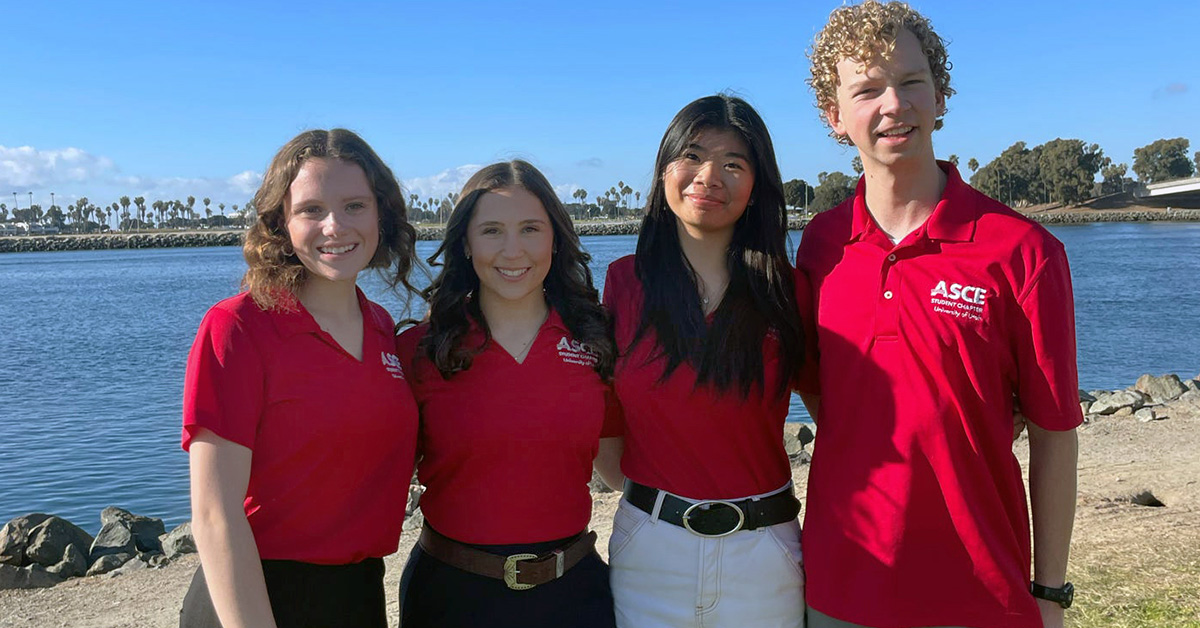
University of Utah ASCE Students Gain Leadership Insights at 2025 WSCL Conference
The American Society of Civil Engineers (ASCE) hosted the 2025 Regions 8 & 9 Workshop for Student Chapter Leaders (WSCL) and Practitioner and Faculty Advisor Training Workshop from January 17–18 in San Diego, California. This annual event brings together student chapter leaders, ASCE younger members, and regional professionals for networking, leadership development, and insights […]

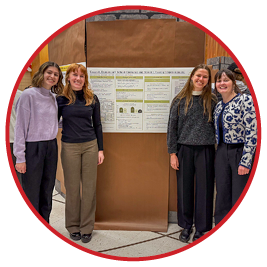
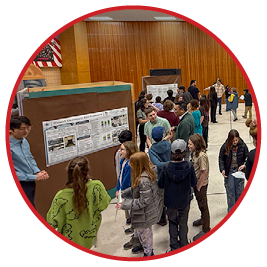
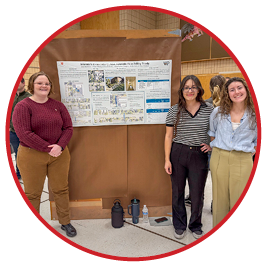
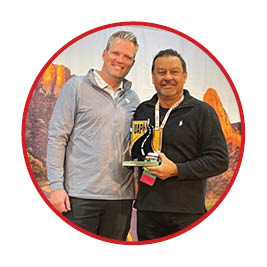

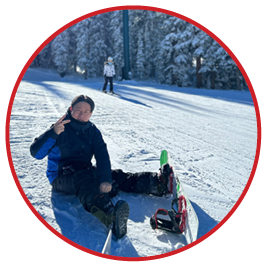
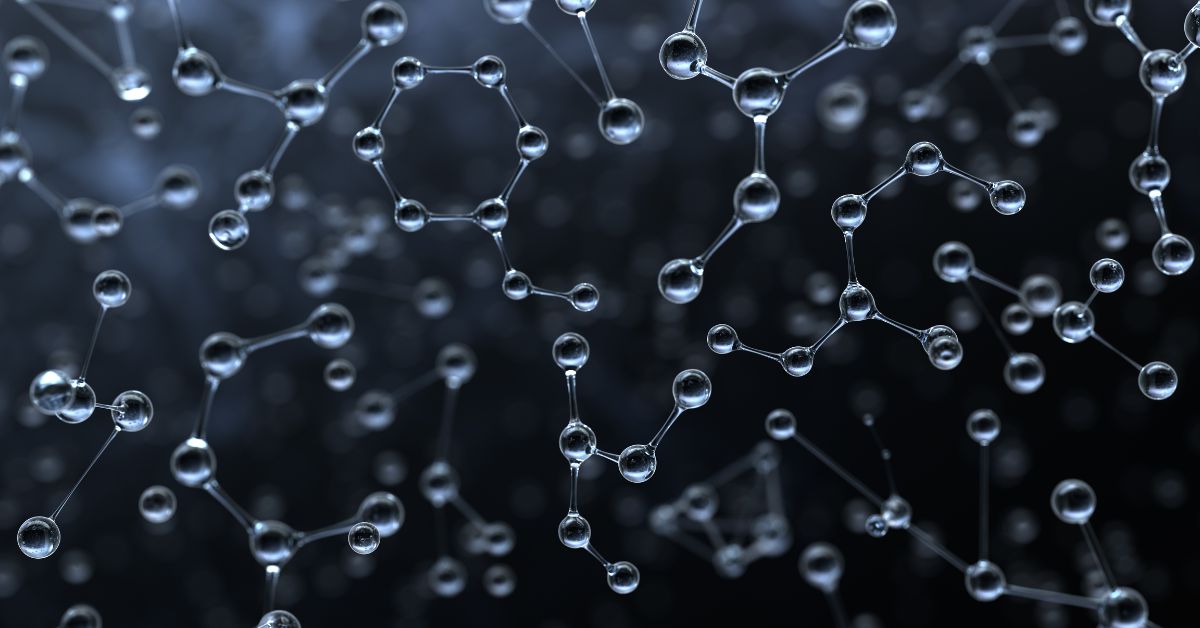
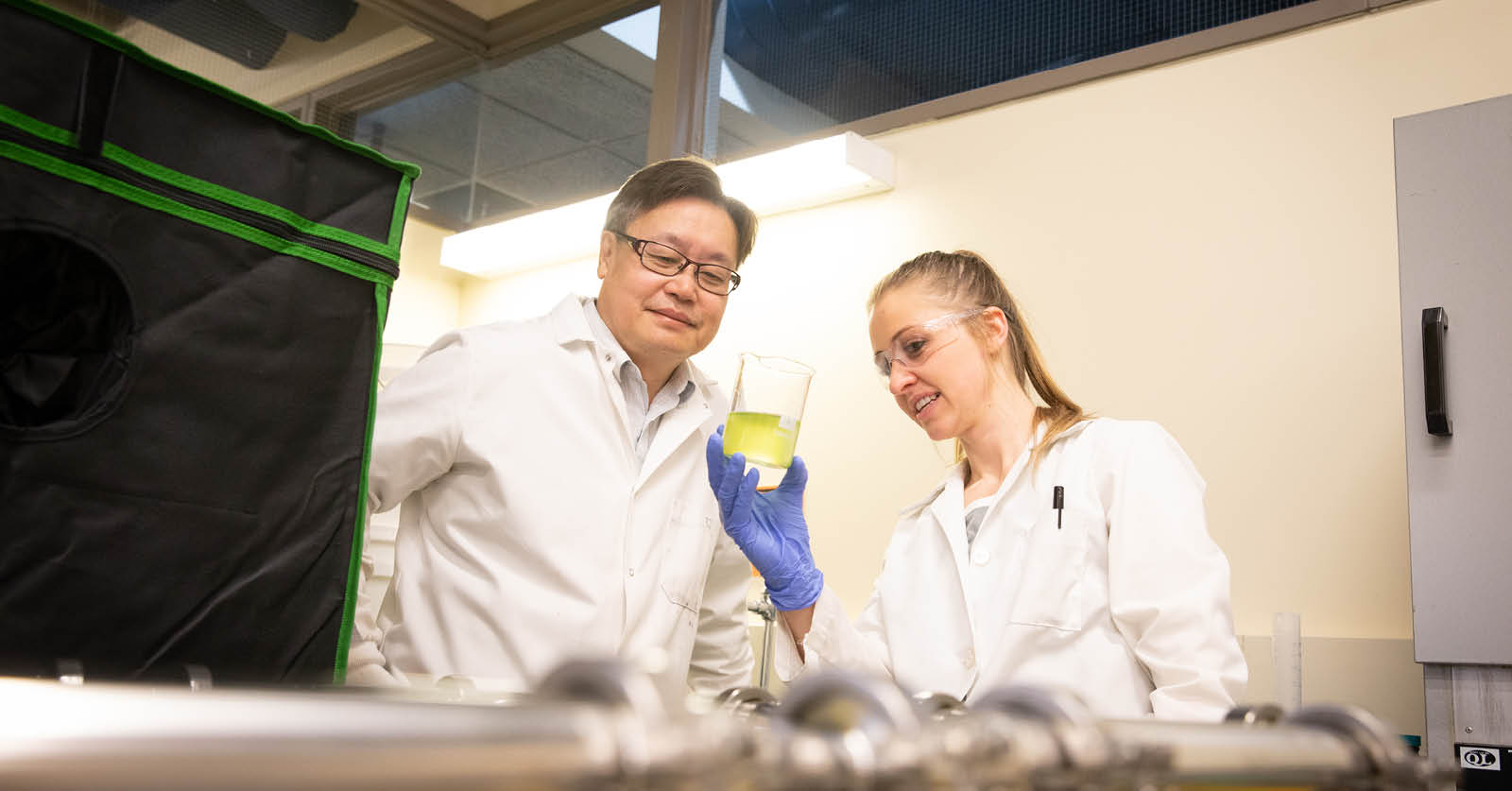
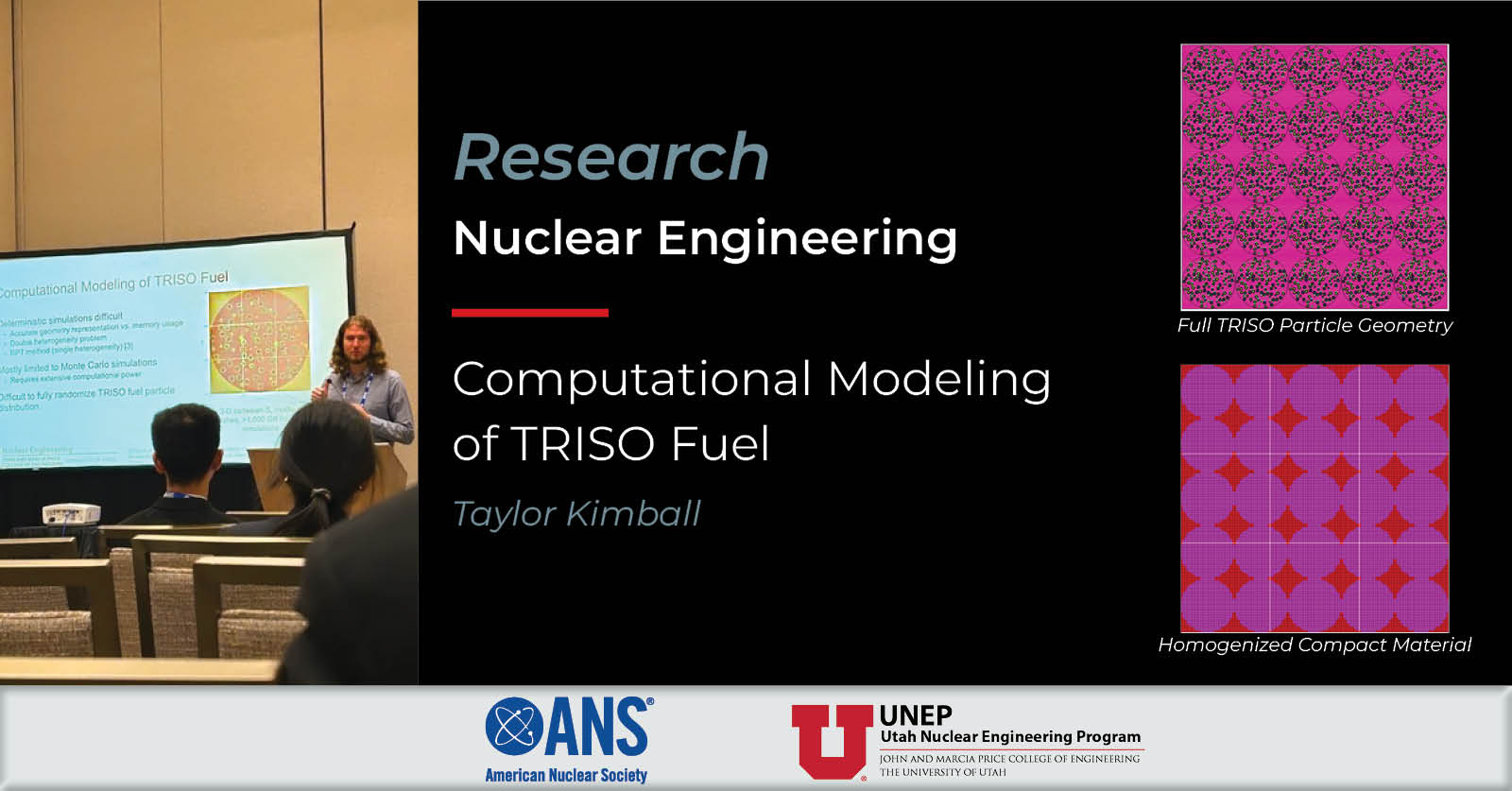
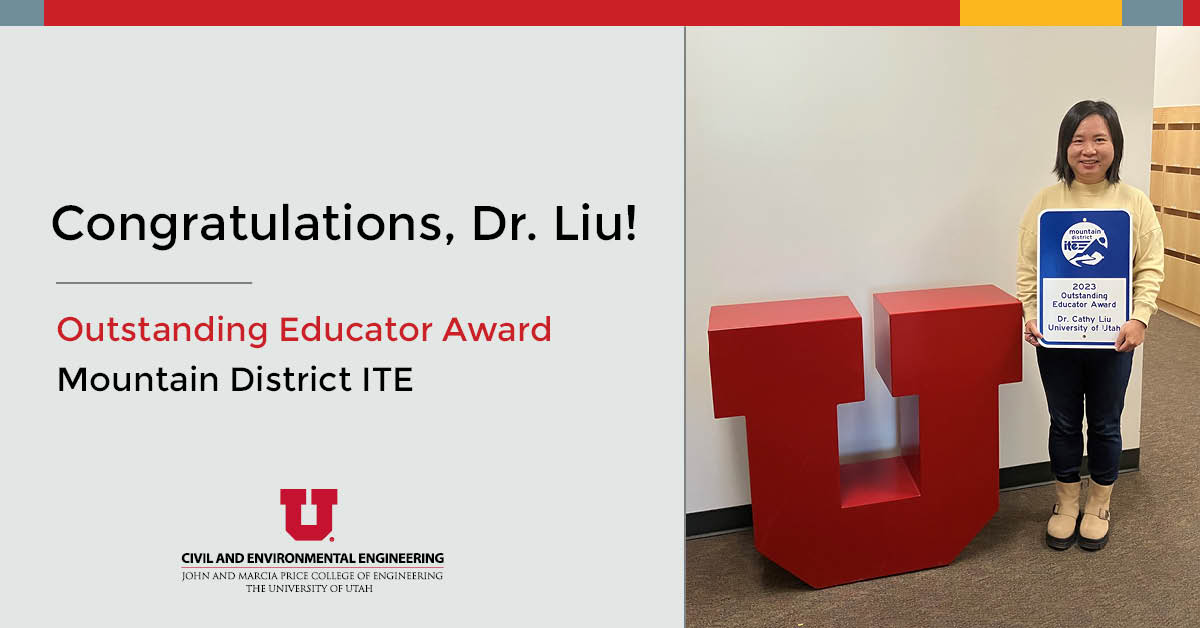
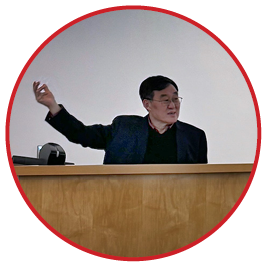
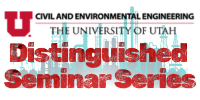
 21 March 2025
21 March 2025 12:00 PM – 1:00 PM
12:00 PM – 1:00 PM Layton Auditorium (MCE 1001)
Layton Auditorium (MCE 1001)